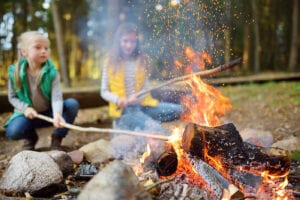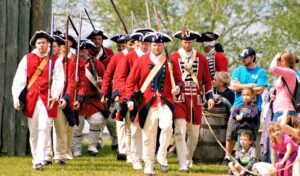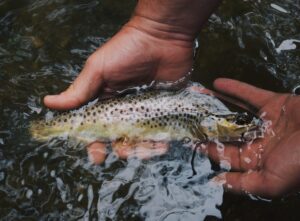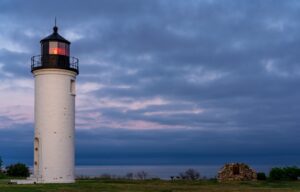Photo by the Charlevoix Venetian Festival
Charlevoix is a bustling community nestled between Lake Michigan and Round Lake and is simply beautiful. Their waterfront park is a jewel complete with a spectacular water fountain. In addition to it’s beauty, Charlevoix offers many fun events and festivals throughout the year.
July
For over 80 years, the Charlevoix Venetian Festival has been a Northern Michigan summer staple. With daily musical performances on two stages, Venetian Games (including kids and teens soccer, basketball, running, boarding, sailing, volleyball, golf, and tennis tournaments), a youth Battle of the Bands, Kids Day and even more, there’s something for everyone at this week long festival.
October
Northern Michigan orchards travel to Charlevoix’s Apple Fest to be represented and bring with them more than 30 varieties of traditional and heirloom apples. There’s also cider, baked goods, apple butter, and other fall produce. The annual arts and crafts show that’s part of the event boasts over 125 exhibitors. And it all takes place in downtown Charlevoix in East Park on the veautiful Round Lake waterfront.
November
Charlevoix kicks off the holiday season on the Friday after Thanksgiving with holiday crafts, visits with Santa, cocoa, and the main event- a Christmas parade at 5:30pm, and tree lighting at 6pm.

Shop Northern Michigan antiques shops, art galleries, and furniture stores for home furnishings that are unique and affordable.

Young State Park outside Boyne City is a ‘year round delight for campers, hikers, snow lovers, swimmers and nature lovers.

The history of the fur trade in Northern Michigan is captured at Colonial Michilimackinac in Mackinaw City.

With miles of scenic trails terrain and local snowmobile clubs, Northern Michigan is the place to bring the snow sleds in the winter.

The Oden State Fish Hatchery in Alanson produces three strains of brown trout and one strain of rainbow trout.

Beaver Island is located 32 miles offshore of Charlevoix, Michigan and is the largest island in Lake Michigan.